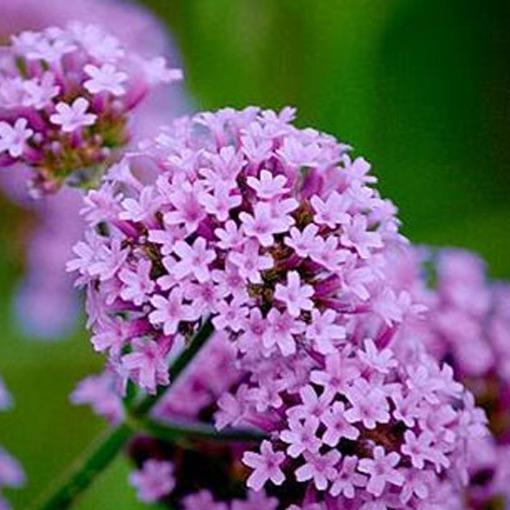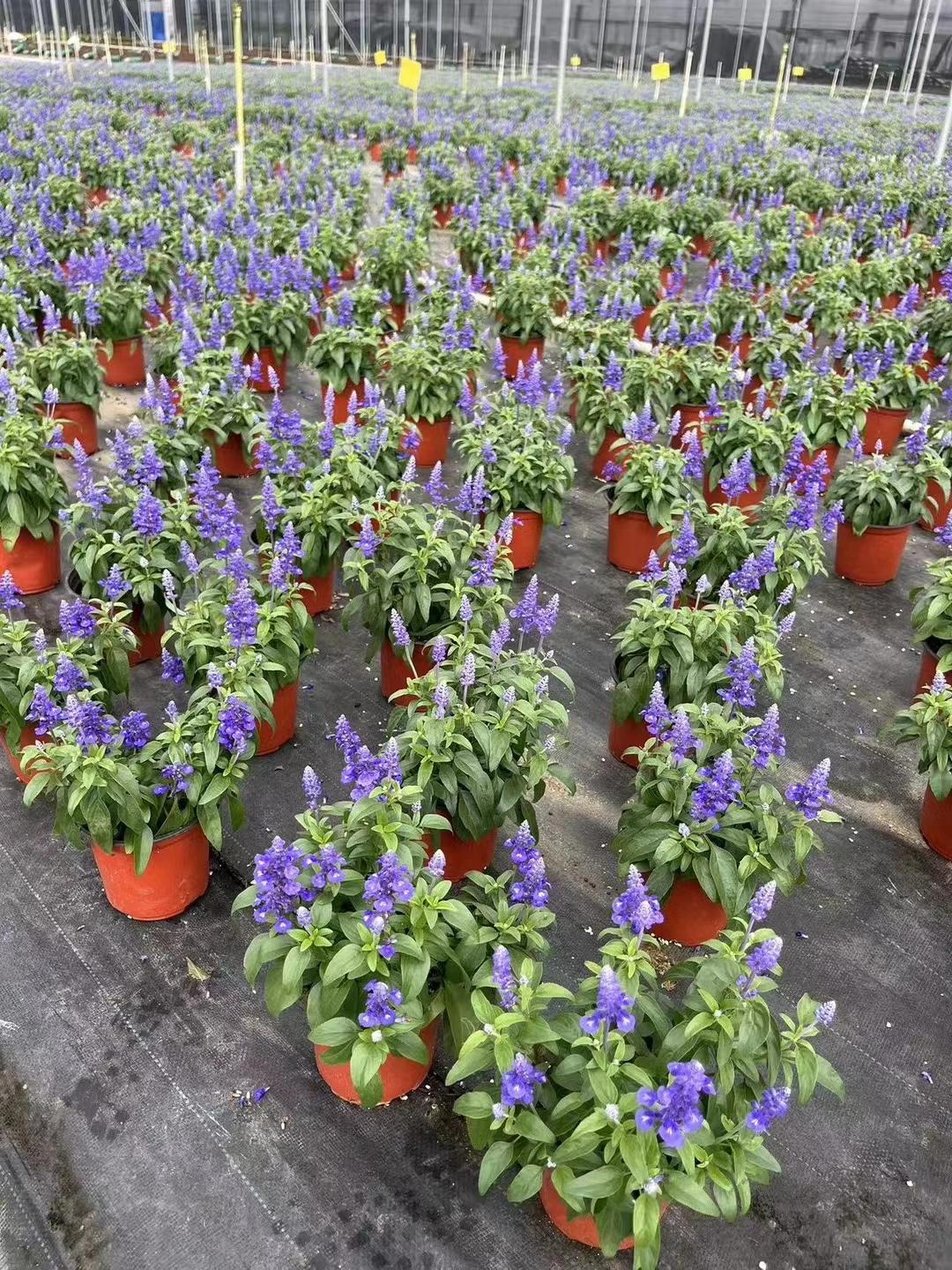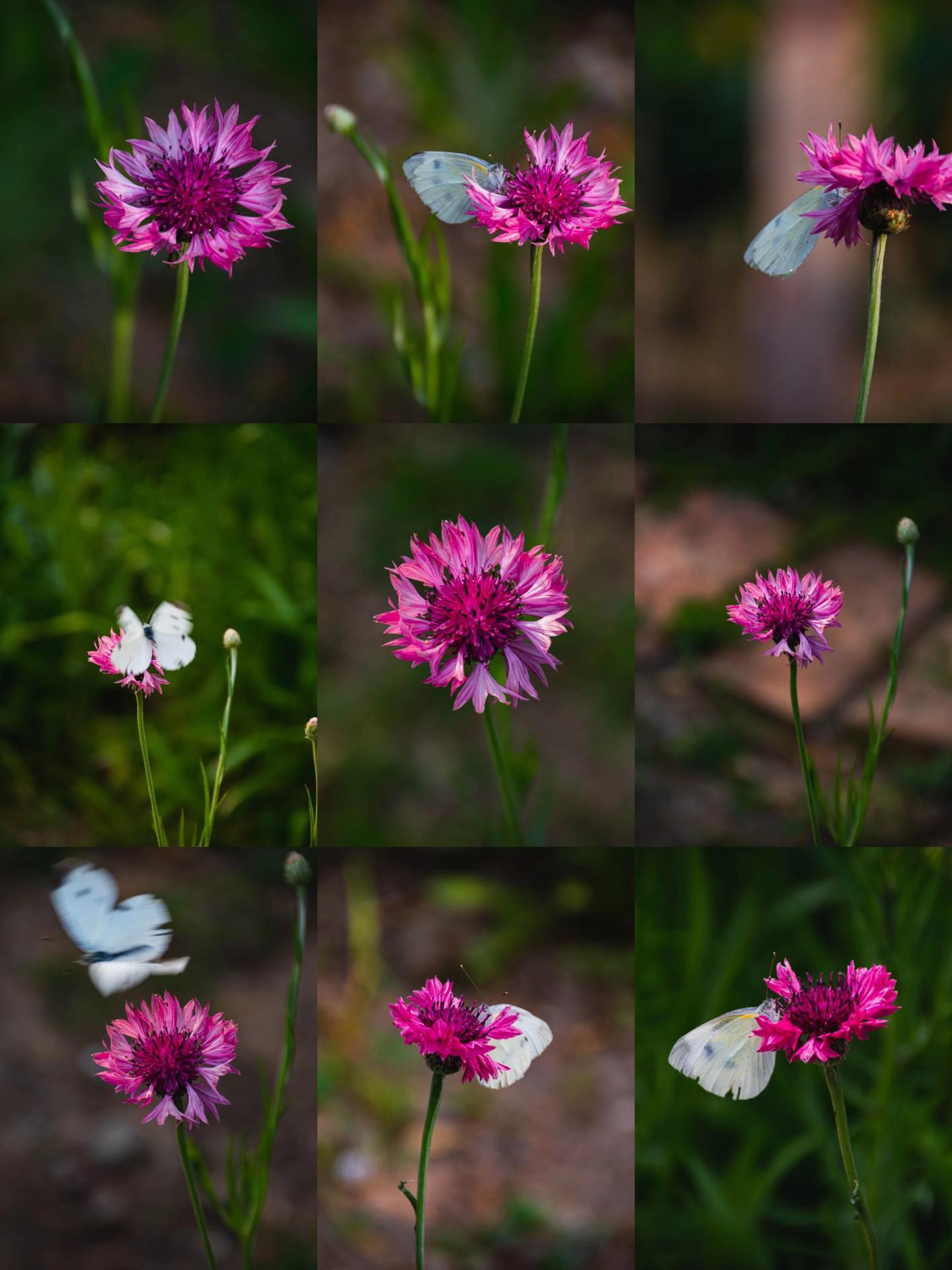Cucurbita, commonly known as the pumpkin, has an intriguing story. Legend has it that once there was a mischievous spirit who loved to play pranks on people. One day, he transformed himself into a tiny seed and hid among the plants. A kind-hearted gardener discovered him and sowed the seed unknowingly. As it grew, the mischievous spirit became a large Cucurbita plant. Instead of playing pranks, he used his transformation powers to grow delicious pumpkins for all to enjoy. From that day on, Cucurbita became renowned for its magical transformation abilities and its flavorful fruits.
Picture
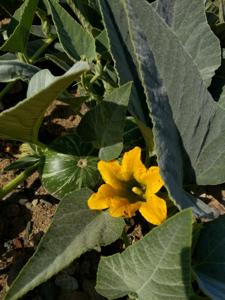
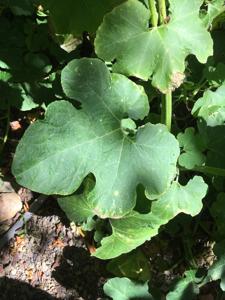
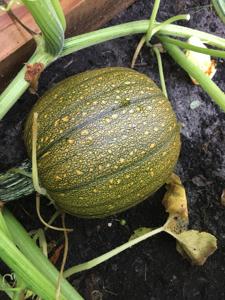
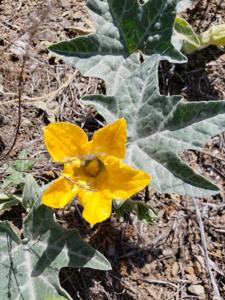
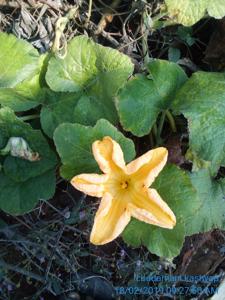
Plant some seeds now!
Short Description
Cucurbita (Latin for ‘gourd’) is a genus of herbaceous fruits in the gourd family, Cucurbitaceae (also known as cucurbits or cucurbi), native to the Andes and Mesoamerica. Five edible species are grown and consumed for their flesh and seeds. They are variously known as squash, pumpkin, or gourd, depending on species, variety, and local parlance.[a] Other kinds of gourd, also called bottle-gourds, are native to Africa and belong to the genus Lagenaria, which is in the same family and subfamily as Cucurbita, but in a different tribe. These other gourds are used as utensils or vessels, and their young fruits are eaten much like those of the Cucurbita species.
Most Cucurbita species are herbaceous vines that grow several meters in length and have tendrils, but non-vining “bush” cultivars of C. pepo and C. maxima have also been developed. The yellow or orange flowers on a Cucurbita plant are of two types: female and male. The female flowers produce the fruit and the male flowers produce pollen. Many North and Central American species are visited by specialist bee pollinators, but other insects with more general feeding habits, such as honey bees, also visit.
The taxonomy of the genus is debated and the number of accepted species varies from 13 to 30. The five domesticated species are Cucurbita argyrosperma, C. ficifolia, C. maxima, C. moschata, and C. pepo, all of which can be treated as winter squash because the full-grown fruits can be stored for months. However, C. pepo includes some cultivars that are better used only as summer squash.
The fruits of the genus Cucurbita are good sources of nutrients, such as vitamin A and vitamin C, among other nutrients according to species. The fruits have many culinary uses including pumpkin pie, biscuits, bread, desserts, puddings, beverages, and soups. Although botanical fruits, Cucurbita gourds such as squash are typically cooked and eaten as vegetables. Pumpkins see more varied use, and are eaten both as vegetables and as desserts such as pumpkin pie.
Description
C. pepo pumpkins – the two bright orange ones in center right, and squashes C. maxima, all others
Cucurbita species fall into two main groups. The first group consists of annual or short-lived perennial vines which are mesophytic, meaning they require a more or less continuous water supply. The second group are perennials growing in arid zones and so are xerophytic, tolerating dry conditions. Cultivated Cucurbita species were derived from the first group. Growing 5 to 15 meters (15 to 50 feet) in height or length, the plant stem produces tendrils to help it climb adjacent plants and structures or extend along the ground. Most species do not readily root from the nodes; a notable exception is C. ficifolia, and the four other cultivated mesophytes do this to a lesser extent. The vine of the perennial Cucurbita can become semiwoody if left to grow. There is wide variation in size, shape, and color among Cucurbita fruits, and even within a single species. C. ficifolia is an exception, being highly uniform in appearance. The morphological variation in the species C. pepo and C. maxima is so vast that its various subspecies and cultivars have been misidentified as totally separate species.
The leaves of Cucurbita moschata often have white spots near the veins.
The typical cultivated Cucurbita species has five-lobed or palmately divided leaves with long petioles, with the leaves alternately arranged on the stem. The stems in some species are angular. All of the above-ground parts may be hairy with various types of trichomes, which are often hardened and sharp. Spring-like tendrils grow from each node and are branching in some species. C. argyrosperma has ovate-cordate (egg-shaped to heart-shaped) leaves. The shape of C. pepo leaves varies widely. C. moschata plants can have light or dense pubescence. C. ficifolia leaves are slightly angular and have light pubescence. The leaves of all four of these species may or may not have white spots.
Cultivation
History
Cucurbita pepo subsp. texana, from the Grandes Heures of Anne of Brittany, 1503–1508, f. 161, earliest depiction of cucurbits in Europe
The genus was part of the culture of almost every native peoples group from southern South America to southern Canada. Modern-day cultivated Cucurbita are not found in the wild. Genetic studies of the mitochondrial gene nad1 show there were at least six independent domestication events of Cucurbita separating domestic species from their wild ancestors. Species native to North America include C. digitata (calabazilla), and C. foetidissima (buffalo gourd), C. palmata (coyote melon), and C. pepo. Some species, such as C. digitata and C. ficifolia, are referred to as gourds. Gourds, also called bottle-gourds, which are used as utensils or vessels, belong to the genus Lagenaria and are native to Africa. Lagenaria are in the same family and subfamily as Cucurbita but in a different tribe.
The earliest known evidence of the domestication of Cucurbita dates back at least 8,000 years ago, predating the domestication of other crops such as maize and beans in the region by about 4,000 years. This evidence was found in the Guilá Naquitz cave in Oaxaca, Mexico, during a series of excavations in the 1960s and 1970s, possibly beginning in 1959. Solid evidence of domesticated C. pepo was found in the Guilá Naquitz cave in the form of increasing rind thickness and larger peduncles in the newer stratification layers of the cave. By c. 8,000 years BP the C. pepo peduncles found are consistently more than 10 millimeters (3⁄8 in) thick. Wild Cucurbita peduncles are always below this 10 mm barrier. Changes in fruit shape and color indicate that intentional breeding of C. pepo had occurred by no later than 8,000 years BP. During the same time frame, average rind thickness increased from 0.84–1.15 millimeters (1⁄32–3⁄64 in). Recent genomic studies suggest that Cucurbita argyrosperma was domesticated in Mexico, in the region that is currently known as the state of Jalisco.
Squash was domesticated first, followed by maize and then beans, becoming part of the Three Sisters agricultural system of companion planting. The English word “squash” derives from askutasquash (a green thing eaten raw), a word from the Narragansett language, which was documented by Roger Williams, the founder of Rhode Island, in his 1643 publication A Key Into the Language of America. Similar words for squash exist in related languages of the Algonquian family.
Production

